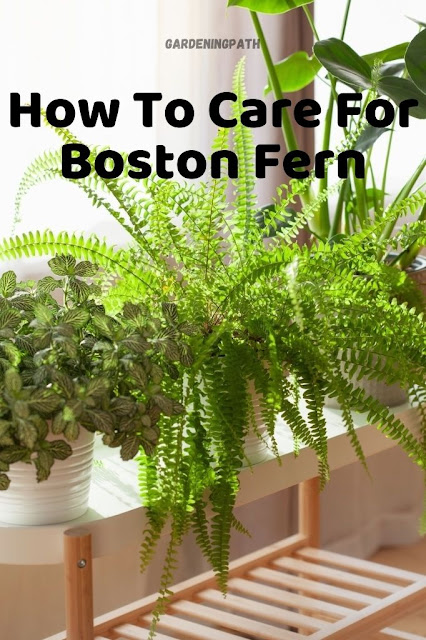The Devil’s Ivy Plant - Care and Growing Guide
What if I told you that the devil’s ivy plant was given that name because it’s nearly impossible to kill?
The Golden Pothos, or the Epipremnum aureum, is native to Southeast Asia. It has the reputation of being one of the easiest houseplants to take care of. Its common name, Pothos, comes from the genus is was once classified under Pothos aureus. The Golden Pothos is known for its heart-shaped green leaves with variegation in yellow. In the wild, it is known to overgrow forest floors and tree trunks due to its aerial root system. In good indoor conditions, you can expect the Golden Pothos to trail to 10 feet long or more. If a moss pole or other type of support is provided, the devil’s ivy plant will create a beautiful climbing houseplant. The Pothos is particularly fitting for indoor settings because it is able to filter gaseous toxins like formaldehyde from the air.
Devil’s Ivy: hanging or climbing plant?
Due to its trailing and climbing qualities, the plant can be sold as either a hanging or climbing plant. The plant can either be placed into a hanger and the heart-shaped leaves allowed to trail down to the floor, or alternatively, the plant can be grown up a moss pole.
Growing Devil’s Ivy up a moss pole will allow the leaves to become much bigger. It’s also worth noting that the key to growing a plant successfully up a moss pole is adequate moisture and humidity, meaning that you should regularly mist your moss pole for maximum effectiveness.
Golden Pothos Plant Care
Pothos isn't exactly the flashiest plant in the world. There's no flowering and you're choosing between a couple different variegated varieties, but the trailing stems look pretty on a shelf or from a hanging basket.
Devil’s ivy care is pretty straightforward. It takes the name devil’s ivy simply because it’s hard to kill and is actually an invasive species if grown outdoors in many regions.
Light
Outdoors, pothos can be grown in shade to partial shade. Indoors, pothos prefers bright but indirect light. Variegated plants sometimes lose their leaf pattern and revert to all-green plants if they don't get enough light; moving them to brighter conditions usually restores the variegation. Suddenly paler-looking leaves mean the plant is getting too much sun.
Water
The root system of pothos plants is rather shallow, so you only need to water a little bit to penetrate the roots. Water it as often as needed during the growing months of spring and summer. Just avoid soaking the soil completely and you should be fine. Water every 1-2 weeks, allowing the soil to dry out between waterings. Expect to water more often in brighter light and less often in lower light.
The best soil for the Devil’s
The golden pothos is much less fussy than other plants when it comes to soil conditions, though can occasionally suffer from root rot if overwatered. As such, the best soil mix for Devil’s Ivy is a well-draining one with both organic matter as well as well-draining materials such as sand and pumice.
If you’re looking for a pre-made soil mix, then many garden centers which sell indoor plants will sell soil mixes formulated specifically for indoor tropical houseplants. When it comes to fertilizing Devil’s Ivy, the plant should be lightly fertilized every few weeks in the growing season (i.e. spring and summer), though it’s worth noting that the vine isn’t as much of a heavy feeder as many other tropical houseplants.
Temperature and Humidity
Pothos should be kept above 50 F, and these plants like the common room temperature of 65 to 75 F. This plant likes high humidity but it is very tolerant and can thrive even where there is low humidity.
Fertilizer
Pothos aren't heavy feeders, but since there are no nutrients in most potting soils, feed monthly to bi-monthly with any balanced houseplant fertilizer.
Toxicity
Though rarely fatal, ingesting pothos can cause vomiting and irritation in pets and children due to the fact that it contains calcium oxalates. Pet owners should take extra caution when choosing greenery.
Propagating
This plant is easily propagated simply by taking stem cuttings and rooting them in water or in potting soil. Move cuttings rooted in water into the soil as soon as possible so they can begin getting nutrients.
Pests and Common Problems
SYMPTOM: Wilting plant, dry potting mix
CAUSE: Thirsty plant, underwatered
SYMPTOM: Yellowing leaves, black stems
CAUSE: Overwatered
The most common causes of problems with pothos are easy to fix, making it a great option for the first-time gardener. This houseplant has no serious insect or disease problems, although you might find mealybugs and scale making a home out of your greenery. You can use a cotton ball dipped in alcohol to kill the pests. Checking the plant weekly can prevent high infestations. Even then, you can simply rinse off the mealybugs or treat them with a horticultural oil spray.




Comments
Post a Comment